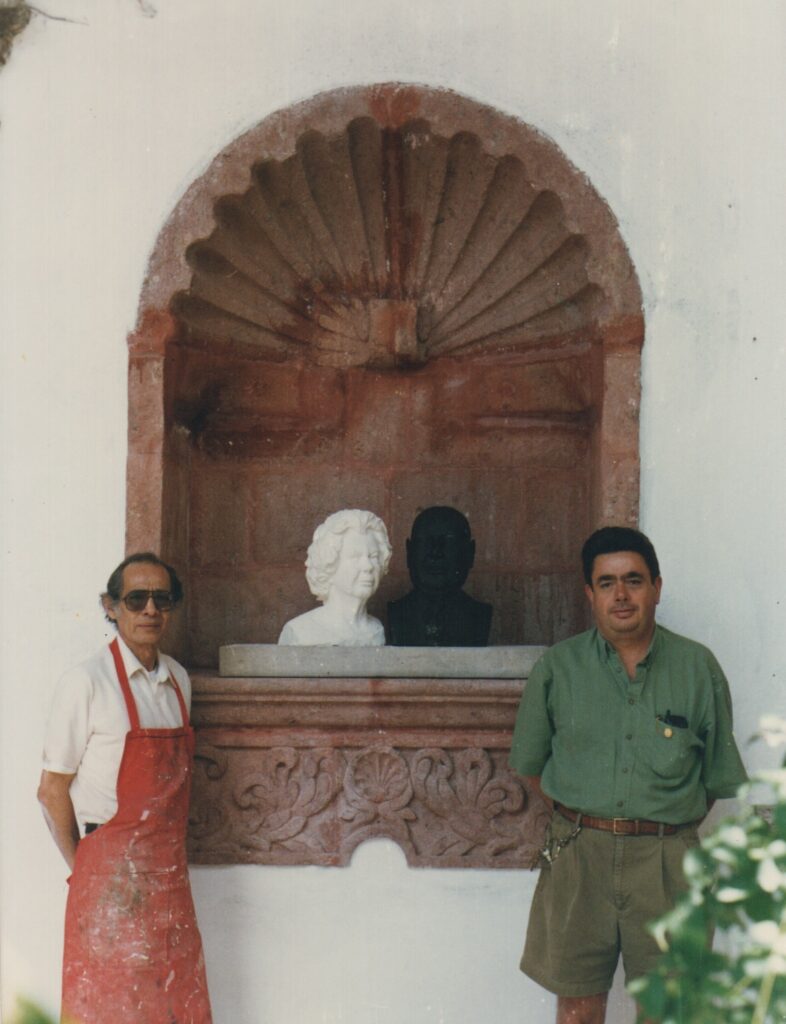HISTORY
HISTORY
Our History
San Miguel de Allende was founded in 1542, reached its heyday in the 18th century and underwent a severe economic crisis at the outbreak of the War of Independence in the early 19th century. The wealthy moved elsewhere and the destiny of the town sank in a sea of uncertainty.
Encouraged by intellectuals Alfonso Reyes and José Vasconcelos, Felipe Cossío del Pomar, a Peruvian artist and diplomat in exile visited San Miguel de Allende in 1927. He fell in love with the quality of the light. Some ten years later, following his dream, he started the Escuela Universitaria de Bellas Artes — the University School of Fine Arts — on the premises of a former convent which was at that time serving as an army barracks.
“San Miguel then began to write a new chapter of its history, in which education and art played a major role.” Rodolfo Fernández, current director, Instituto Allende.
The new school attracted students, which meant income for the local merchants. Money began to flow in. A new hotel was built. Home windows became showcases filled with merchandise for the new clientele. The town boomed almost overnight.
In 1946, Cossío’s art school at Bellas Artes became an independent part of the Guanajuato State Department of Education when the Instituto Nacional de Bellas Artes was created.


After being away for a few years, Cossío del Pomar returned to San Miguel to find his school of fine arts was practically in ruins, thanks to how thoroughly the lawyer he had left in charge mismanaged the school. Determined that San Miguel would have a first-rate art school, he embarked on an ambitious project. With a new team of associates that included his former public relations expert expert Stirling Dickinson, an American expat artist who was deeply involved in the arts, plus former Guanajuato governor Enrique Fernández Martínez and Nell Harris, Fernandez’ American wife, in 1950 Cossío founded another art school, the Instituto Allende.
After its creation, the Instituto Allende became a formal part of the University of Guanajuato, offering a Masters degree in Fine Arts, and began to gain international recognition. This gave the new school a position of significant importance. By 1960 it had grown both in size and scope and was also offering a Bachelors program in fine arts.
Instituto director Rodolfo Fernández recalls those days. “Cossío had great ideas, Dickinson was a fantastic promoter, and my father had the necessary political contacts, but the true success of the school is the result of my mother’s talent and extraordinary administrative vision.”
Enticed by the possibility of obtaining academic credit for studies in Mexico, a large number of American students, some on the GI Bill and some not, found in San Miguel de Allende a place to come back to often, and usually brought a friend or two along, further strengthening the town’s economy. The Instituto kept moving forward, with a visionary leader at the helm. Over the years it has grown stronger still by establishing relationships with art and language schools in Mexico and abroad.

Sr. Fernández says, “I am convinced that the only way of achieving social and economic growth is through quality education,” and his words encapsulate our mission. For many, San Miguel is a deservedly famous tourist town, but what makes it so is primarily the creative and intellectual atmosphere of its art schools and cultural events. After all, it was art that recognized and immortalized the beauty so many people admire today.